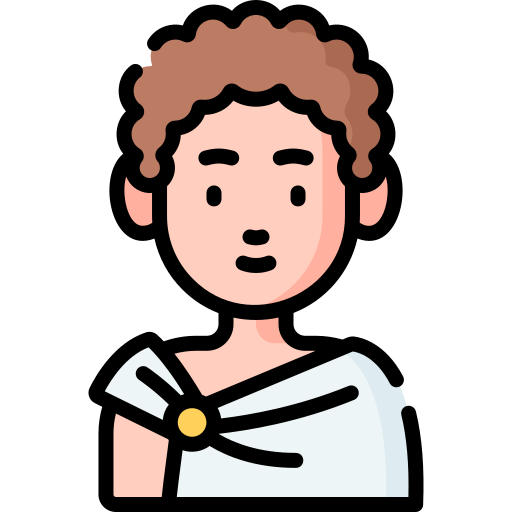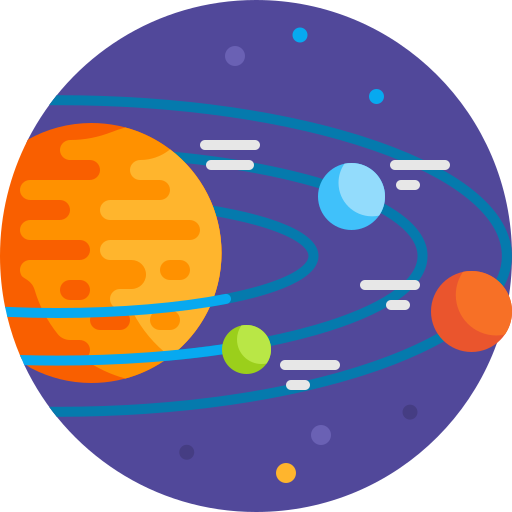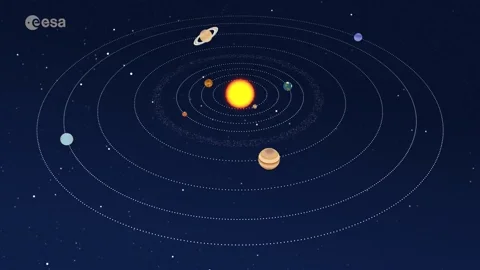
This logo isn't an ad or affiliate link. It's an organization that shares in our mission, and empowered the authors to share their insights in Byte form.
Rumie vets Bytes for compliance with our
Standards.
The organization is responsible for the completeness and reliability of the content.
Learn more
about how Rumie works with partners.
Do the planets go around the Earth or the Sun?
 Photo by Guillermo Ferla on Unsplash
Photo by Guillermo Ferla on UnsplashHopefully, you know the correct answer! The Sun is at the center of the Solar System and planets revolve around it. But people haven't always known about this.
Dive into the history and explore the development of the geocentric and heliocentric models of our Solar System!
Did you know?
"According to a 2012 survey conducted by the National Science Foundation of 2,200 people in the United States, when asked 'Does the Earth go around the Sun, or does the Sun go around Earth?', a quarter answered incorrectly."
Heliocentric vs. Geocentric
The Heliocentric Model

Assumes that the Sun is at the center of the Solar system and the Earth and other planets go around it.
The Geocentric Model

Assumes that the Earth is at the center of the Universe, and the Sun, the Moon, and the other planets go around it.
The video below shows the difference between geocentric and heliocentric models. The heliocentric model is on the left and the geocentric model is on the right.
Geocentric Model
Ancient Greek astronomers observed that the Sun, Moon, and planets appeared to revolve around the Earth once per day. While observing, it seemed to them that the Earth was motionless and stable. So, they developed the geocentric model with the Earth at the center of the Universe.

An ancient Greek astronomer named Eudoxus was the first to develop the geocentric model of the Universe around 380 B.C.

Claudius Ptolemy, an Egyptian astronomer, provided detailed mathematical calculations to explain the movements of heavenly bodies within the geocentric model.
Only by the late 17th century, with further developments in astronomy, was the geocentric theory rejected.
Heliocentric Model
In the Third Century B.C., Aristarchus of Samos suggested that the Sun could be at the center of the solar system. At that time, his idea didn't become popular because there weren't any mathematical evidence or detailed observations. Also, the geocentric model was supported by influential philosophers like Aristotle.

Only in 1543 after Nicolaus Copernicus published a book about the movements of heavenly bodies did the idea of the heliocentric model start to become popular.

Nearly a hundred years after Copernicus introduced his theory, scientist Galileo Galilei used his telescope to confirm the heliocentric model. Astronomer Johannes Kepler and physicist Isaac Newton accurately calculated how planets move around the Sun.
Quiz
Bob wants to have a ride around the Earth. Which celestial body should he hop on?
As we know, the Sun is at the center of the Solar System. All planets go around it. The Moon is not a planet. It is a satellite of the Earth and goes around the Earth.
Take Action

The heliocentric model helps us accurately understand how our Solar System works. This understanding is crucial for advancements in astronomy, space exploration, and our broader understanding of the universe.
What else can you do to learn the topic better?
This Byte has been authored by
Nina Vostrikova
E-learning developer
BA